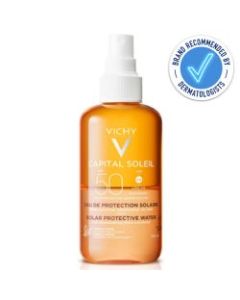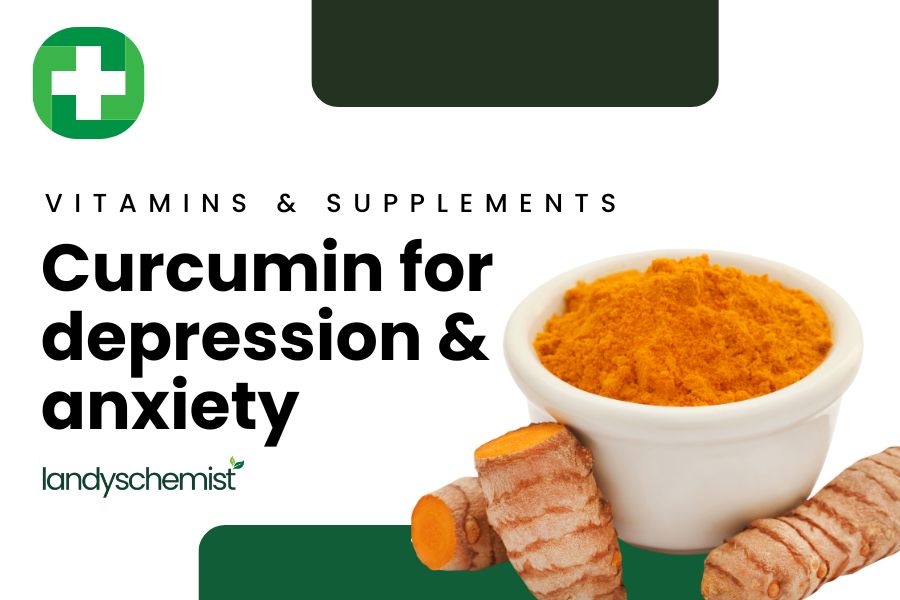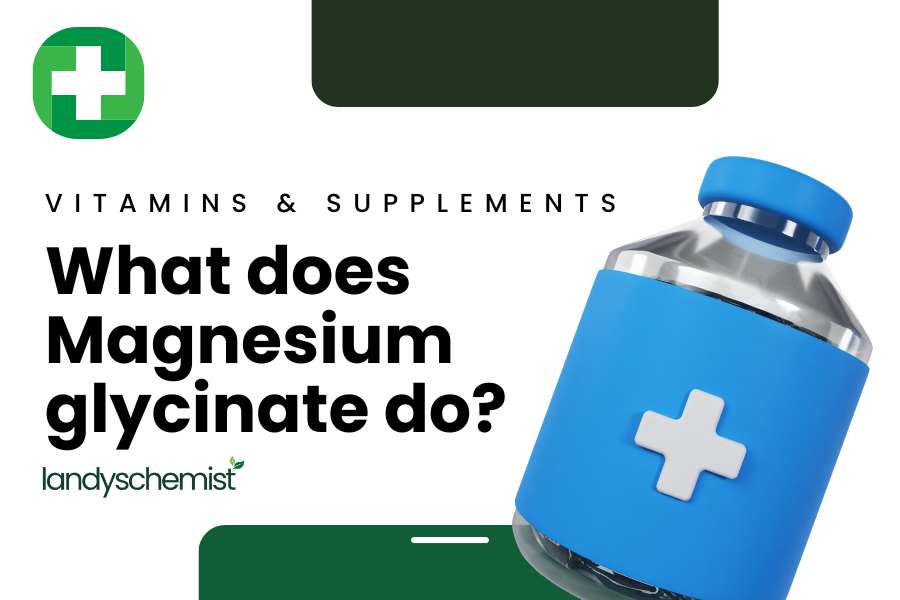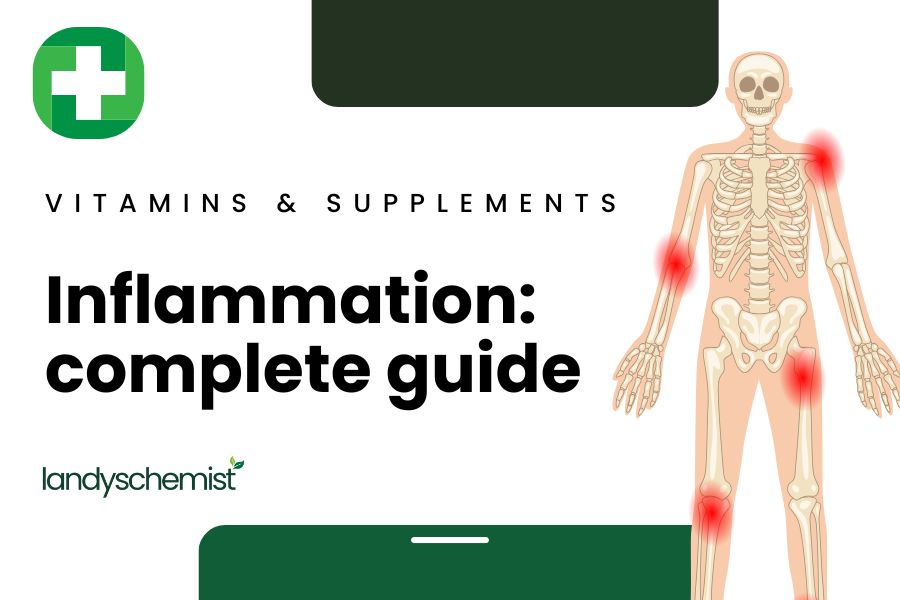
Does sunscreen stop you from tanning?
No, sunscreen does not fully stop tanning, but it significantly slows it down. Even high-SPF sunscreens allow a small percentage of UV radiation to reach the skin, which can still stimulate melanin production. This is why a mild tan may still develop after long sun exposure, even when sunscreen is applied properly. At Landys Chemist, we always encourage using sun protection as the first step in caring for your skin’s long-term health.
Rhysa Phommachanh, graduate in Specialist Hair and Media Makeup, explains: "Many people assume that wearing SPF means they won’t tan at all. In reality, it’s about managing safe sun exposure. You can still develop a light tan over time, even with sunscreen, but it’s important to prioritise long-term skin health by reducing unnecessary UV damage."

How Sunscreen Slows Tanning
Sunscreen acts as a chemical or physical filter, reducing the amount of UVB and UVA radiation that penetrates the skin. UVB rays are responsible for sunburn, while UVA rays penetrate more deeply and are linked to long-term damage such as pigmentation, collagen breakdown and visible ageing. Both types of UV rays can stimulate melanin production and cause tanning.
- SPF 30 blocks approximately 97% of UVB rays.
- SPF 50 blocks around 98%.
- No sunscreen blocks 100% of UV radiation, which means some tanning can still occur.
The type of sunscreen also influences its effect. Mineral sunscreens, which contain zinc oxide or titanium dioxide, reflect UV rays. Chemical sunscreens absorb and neutralise UV before it damages the skin. Both types can help reduce tanning when used correctly.
Why You Still Tan With Sunscreen
Even with proper sunscreen use, tanning can still occur because no SPF filters 100% of UV radiation. A 2022 review in the Journal of Family Medicine and Disease Prevention confirmed that most users apply only 20–50% of the recommended sunscreen amount, reducing actual protection and allowing more UV penetration Additionally, UVA rays, which are less effectively blocked by SPF, oxidise existing melanin - causing visible darkening even in the absence of sunburn.
Top Ways to Minimise Tanning While Wearing Sunscreen
If you want to avoid tanning while protecting your skin, follow these expert-backed steps:
- Use a broad-spectrum sunscreen with SPF 30 or higher
Apply enough to cover all exposed skin, roughly one shot glass amount for the whole body - Reapply every two hours, especially after swimming or sweating
- Stay in the shade or wear a hat, sunglasses and protective clothing
- Avoid direct sunlight between 11am and 3pm, when UV radiation is strongest
If you want to protect your skin, but still encourage a little glowing tan, we recommend the Vichy Capital Soleil Tan Enhancing Solar Protective Water SPF50 Spray, which you can easily spray overy your face and body when needed!
How To Tan Whilst Wearing Sunscreen
If you’re looking for a bronzed glow without the risks of UV, self-tanning products are the best option. These formulas darken the outer layer of the skin without affecting melanin production or causing sun damage. Trusted pharmacy brands such as La Roche-Posay, Vichy and CeraVe offer gradual self-tanners and moisturising body care with skin-supporting ingredients, suitable for sensitive skin and dermatologically tested for safety.
Summary: sunscreen slows down tanning
Sunscreen does not completely prevent tanning, but it does help reduce how quickly and how deeply the skin tans. More importantly, it protects against serious forms of UV damage that can impact your skin’s health and appearance over time.
“Sunscreen isn’t just about preventing sunburn. It’s an investment in your skin’s future. Every time you wear SPF, you’re helping preserve your skin’s structure, tone and overall wellbeing.”
Frequently Asked Questions (FAQ’s)
Does SPF 50 stop you from tanning completely?
No, SPF 50 filters out about 98% of UVB rays, but some UV still reaches the skin. This means mild tanning can still occur, especially with prolonged sun exposure.
Can you still get a tan while wearing sunscreen every day?
Yes, daily sunscreen use reduces UV damage but doesn’t eliminate it entirely. Regular outdoor exposure may still lead to gradual tanning over time.
What sunscreen is best to prevent tanning?
Choose a broad-spectrum SPF 50 or higher with high UVA protection. Dermatologist-recommended options like La Roche-Posay Anthelios, Vichy Capital Soleil and CeraVe SPF moisturisers are excellent for sensitive or pigmentation-prone skin.
Why do I still tan even though I use sunscreen?
Tanning can occur due to under-application, missed areas, delayed reapplication, or extended UV exposure. UVA rays also penetrate more deeply and can trigger melanin production despite SPF.
Is tanning with sunscreen safer than tanning without it?
Yes. Sunscreen significantly reduces the risk of sunburn, skin ageing and UV-related DNA damage. However, any visible tan from sun exposure still signals some level of skin response to UV.
Sources:
- A Comprehensive Review of the Role of UV Radiation in Photoaging Processes Between Different Types of Skin
- Sun Protection: A Comprehensive 2022 Dermatologic Review
Disclaimer: This article is for informational purposes only and is not intended to replace professional medical or dermatological advice. Always consult with your GP, dermatologist or qualified healthcare provider before starting any new skincare treatments or routines. Individual skin needs can vary, and products should be used as directed. A consistent skincare regimen, combined with a healthy lifestyle, is essential for long-term skin health.





